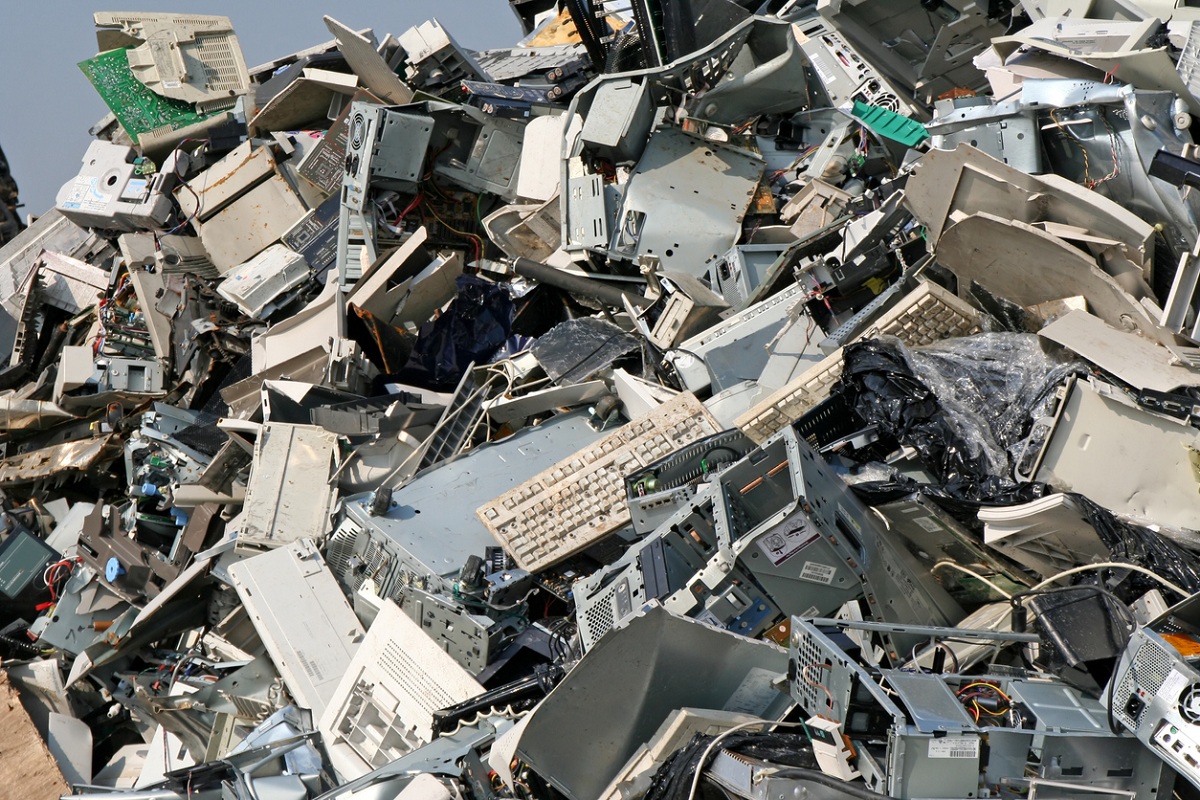A team of Austrian scientists has identified a beer byproduct that is an eco-friendly and low-cost method to help recycle electronic waste.
Recycling electronic waste has been a difficult task as it’s hard to separate the different metals like copper, zinc and aluminium in the waste from each other.
Advertisement
The team from the University of Natural Resources and Life Sciences, Vienna, used the spent brewer’s yeast, which is left over from manufacturing beer, to help cull out metal from waste streams.
“Electronic waste is difficult to recycle because it is very heterogeneous,” said Dr. Klemens Kremser from the varsity and corresponding author of the article published in the journal Frontiers in Bioengineering and Biotechnology.
“Getting the metals in solution is a first step, but the selective recovery of the metals remains a challenge. Compared to processes such as chemical precipitation, biosorption using spent brewer’s yeast presents a cheap and environmentally friendly approach,” Kremser added.
The team explained that the metals were selected from waste via a process called adsorption, where electrostatic interactions on the surface of the yeast allow metal ions to stick to the surface.
To help the yeast to adsorb more or different metal ions, the scientists changed the pH of the solution.
Using 20 litres of spent brewer’s yeast, they were able to recover more than 50 per cent of aluminium, over 40 per cent of copper, and more than 70 per cent of zinc.
Over 50 per cent of copper and over 90 per cent of zinc were retrieved from the polymetallic waste stream they tested the yeast on.
“The metals can be removed from the yeast surface by acid treatment and thus could be recycled. It would be interesting to investigate potential applications for these reclaimed metals,” said Anna Sieber, a doctoral student at an Austrian metallurgical research centre.
Importantly, the team were able to recycle the yeast itself without heavily impacting its ability to recover metal. They used the same yeast five times to recover different metals.











